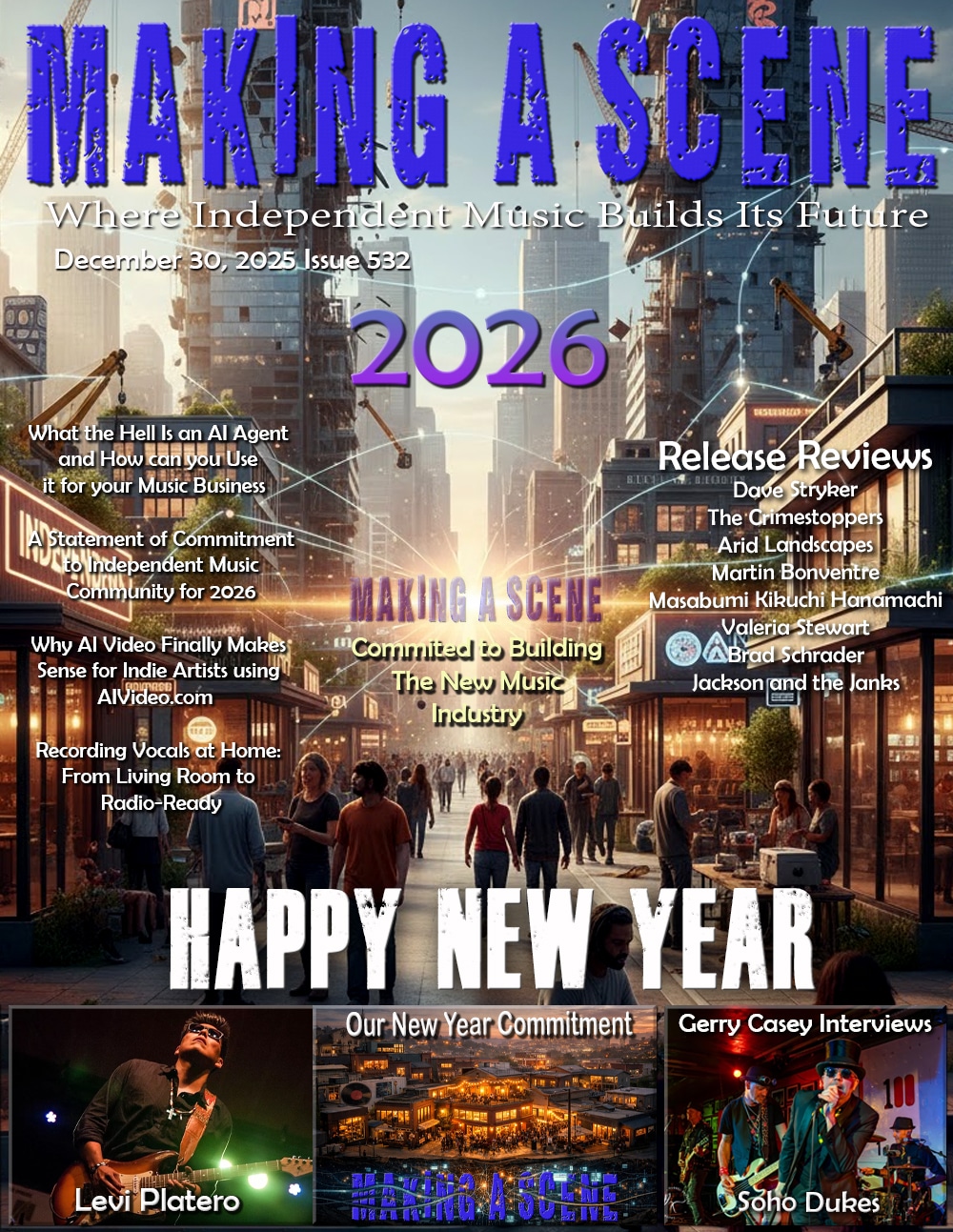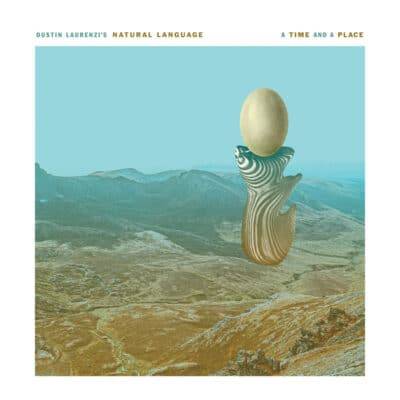Dustin Laurenzi’s Natural Language A Time and a Place
Dustin Laurenzi’s Natural Language
A Time and a Place
Woolgathering
Tenor saxophonist Dustin Laurenzi’s A Time and A Place, follows-up his 2016 self-titled album with his quartet of Chicago-based musicians, Natural Language, intact. Their sound embodies unbridled invention and cohesiveness that creates moods and textures in favor of aggressive soloing although there is some of that too, mostly from the leader. Alongside Laurenzi, guitarist Jeff Swanson provides accompaniment via chords, counter melody, and harmonics on guitar, while bassist Mike Harmon and drummer Charles Rumback comprise the rhythm section.
A Time and a Place was recorded over a year ago in Chicago on June 27, 2019. The recording will strike most listeners as highly original as it does not have many reference points. As noted in the album’s liner notes, “Natural Language plays in a way that blurs together varied musical vernaculars, with a pulse that is fluid and rubato. Melodies playfully flow between composed and improvised, with moods shifting from serene to stormy, meditative to mischievous. The sounds of this record are deeply tied to the ‘where’ and ‘when’ of their creation and development. A snapshot of Chicago, pre-pandemic, through Laurenzi’s abstract lens.”
The album begins with “Mantra”, a song which the band has been playing for several years and is now dubbed as a Natural Language “standard”. The track begins with an ostinato guitar-bass pattern and eventually unfolds into a complex composite of shifting harmonic and rhythmic cycles which the bandleader improvises in, over and around. The second track, “Albert”, was written with the great saxophonist Albert Ayler in mind, and, as such is one of the more energetic ones. Here Swanson does play plenty of notes while Rumback rumbles in true avant-garde fashion as Laurenzi blows flurries of notes while occasionally delivering the screeching style that characterized Ayler. The end of the track is a nod to the bugle call melodies on Ayler’s album Love Cry.
“Ridgeway” is a brooding, reflective piece focusing on a rich melody in the mode of Laurenzi’s favorite composers such as Monk, Motian, and Coleman, those a bit on the edgy side. This track captures the notion of reverence for the melody especially towards the end when the guitar and saxophone are doubled. The piece also features sparkling solos by Harmon and Swanson. While there are examples of strong ensemble playing in sections of each piece, “Blocks” stands out. Built on the concept of Coltrane changes, the piece traverses through a dense harmonic landscape in rubato. The group moves together with ease, like one collective instrument. Eventually in the mid-section the composer takes flight above the harmonic complexity, showcasing his inventiveness.
The concluding “Slate” is named after a DIY art space in Chicago, building around a drone and a long, rubato bass/guitar unison line. The piece beautifully explores stark density changes and features an intriguing improvisational excursion from Laurenzi as well as textural musings from Swanson. This, perhaps more than any of the five pieces defines the signature sound of Natural Language. It ends on a gorgeously spacey ethereal note, as if to challenge the notion of what time and place may mean within a musical context. Everything seems suspended like feathers floating in the air. There’s a symmetry to opening and closing tracks, the blurring alluded to above, while the middle pieces, even though free-jazz oriented, are a tad more familiar in nature. Together, Laurenzi and Natural Language provide a unique balance of the abstract and the accessible.
- Jim Hynes
Discover more from Making A Scene!
Subscribe to get the latest posts sent to your email.









